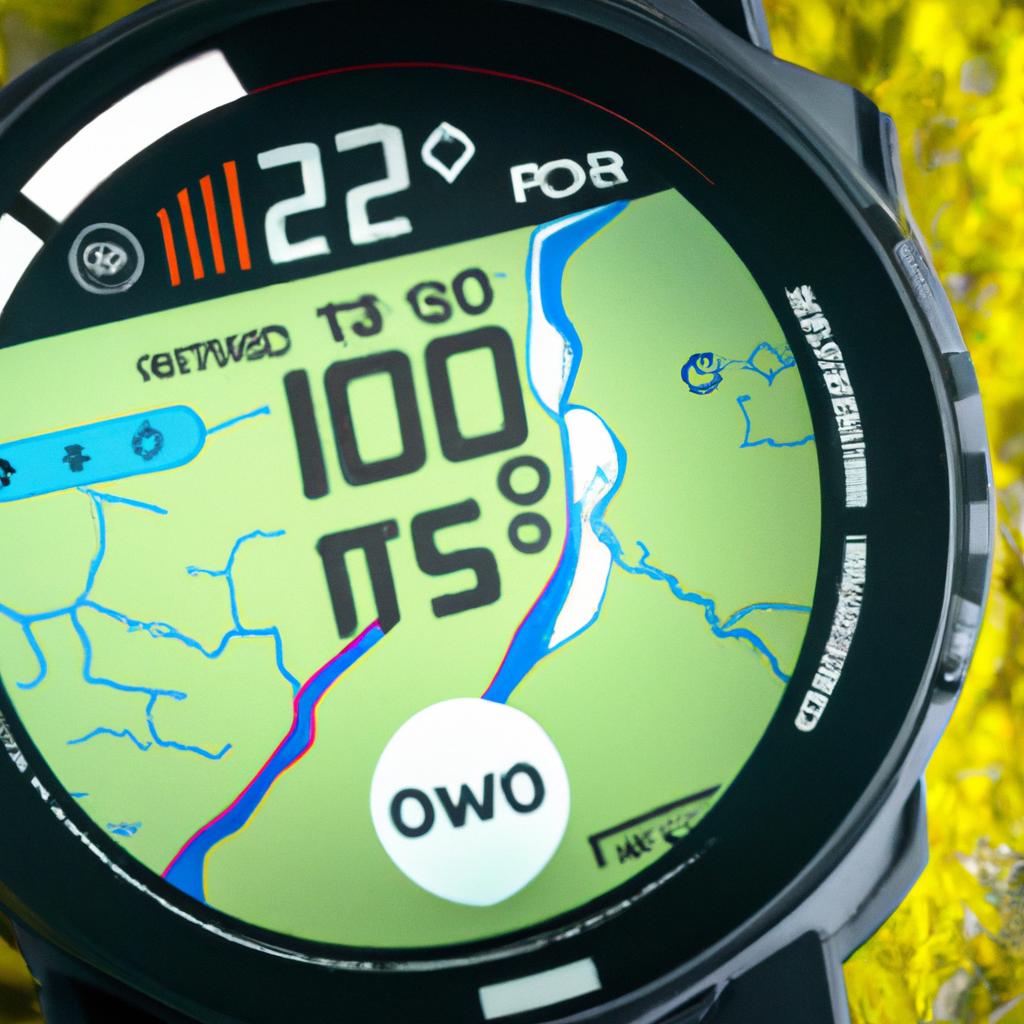Maximizing GPS Watch Features for Trail Running: How to Optimize Metrics for Elevation and Performance Tracking
Maximizing GPS Watch Features for Trail Running: Optimize Metrics for Elevation and Performance Tracking
Trail running presents unique challenges and rewards. Its varying terrain and elevation changes demand accurate performance tracking. A GPS watch enhances your experience by providing crucial data. This post explores how to maximize your GPS watch features for better elevation and performance tracking.
Understand Your GPS Watch Features
Explore Key Metrics
Most GPS watches track pace, distance, heart rate, and elevation. However, not all watches track elevation accurately. Check if your watch uses barometric sensors for precise elevation data.
Customize Your Display
Customize your watch display to show important metrics. For example, set your watch to display real-time elevation gain. This allows you to monitor your ascent and adjust your pace. Prioritize heart rate data if you aim for specific training zones.
Use Data Fields Effectively
Most GPS watches let you set multiple data fields. Display heart rate, pace, and elevation metrics simultaneously. This setup helps you make informed decisions during your run. Avoid cluttering your display with excessive information. Focus on the key metrics that guide your performance.
Optimize Elevation Tracking
Calibrate Your Watch
Calibrate your GPS watch for accurate elevation tracking. Before running, check the calibration settings. Input your current elevation or adjust based on known landmarks. This ensures accurate readings throughout your run.
Analyze Elevation Profiles
After your run, analyze the elevation profile. Many GPS watches offer post-run analysis features. Review elevation gain and loss over different segments. This analysis helps you understand your strengths and weaknesses on trails.
Utilize Climb and Descent Metrics
Many GPS watches provide metrics for climbs and descents. Track elevation gain and loss during your run. This data helps you manage energy and pacing better. Strategize for future runs on similar terrain.
Enhance Performance Tracking
Monitor Heart Rate Zones
Heart rate zones play a vital role in tracking performance. Use your GPS watch to monitor your heart rate during runs. Identify your maximum heart rate and calculate your training zones. Tailor your training to improve endurance and speed.
Set Training Goals
Setting specific training goals enhances your performance. Use your watch to track these goals over time. For example, aim to improve pace or increase elevation gain. Regularly reassess your goals based on progress.
Record Recovery Times
Recovery is crucial in any training regimen. Your GPS watch helps track recovery times. After significant efforts, monitor how quickly your heart rate returns to baseline. This information helps determine when to push harder or when to rest.
Health Benefits of Using a GPS Watch
Improve Overall Fitness
Using a GPS watch can improve your overall fitness levels. Tracking your runs helps identify trends and adjust your training. This leads to better endurance and strength over time.
Stay Motivated
Setting and achieving goals keeps you motivated. Your GPS watch provides instant feedback on your performance. Progress in metrics like pace and elevation inspires you to push further.
Prevent Injuries
Tracking metrics helps prevent injuries. Monitor changes in pace or heart rate. If you notice significant deviations, adjust your training. Avoid overtraining and reduce the risk of injury.
Conclusion
Maximizing GPS watch features enhances your trail running experience. Understand key metrics and optimize your settings to track elevation and performance effectively. Regularly analyze your data to adjust training and improve fitness. Use these insights to stay motivated and healthy.
In summary, a GPS watch serves as a powerful tool for trail runners. Utilize its features to elevate your performance and enjoy your runs even more. Happy running!
Below are related products to the topic if you’re interested:
FAQ
What key metrics should I track with my GPS watch while trail running?
When trail running, it’s essential to track metrics such as pace, distance, heart rate, and elevation. To ensure accurate elevation data, check if your GPS watch uses barometric sensors. Customizing your display to show real-time elevation gain can help you monitor your ascent and adjust your pace effectively.
How can I optimize elevation tracking with my GPS watch?
To optimize elevation tracking, calibrate your GPS watch before running by inputting your current elevation or adjusting it based on known landmarks. After your run, analyze the elevation profile offered by your watch, which allows you to review elevation gain and loss over different segments, helping you understand your strengths and weaknesses on the trails.
How can a GPS watch help with performance tracking and recovery?
A GPS watch can significantly enhance performance tracking by allowing you to monitor your heart rate zones during runs and set specific training goals, such as improving pace or elevation gain. Additionally, it helps track recovery times by monitoring how quickly your heart rate returns to baseline after significant efforts, enabling you to determine when to push harder or when to rest.















Post Comment